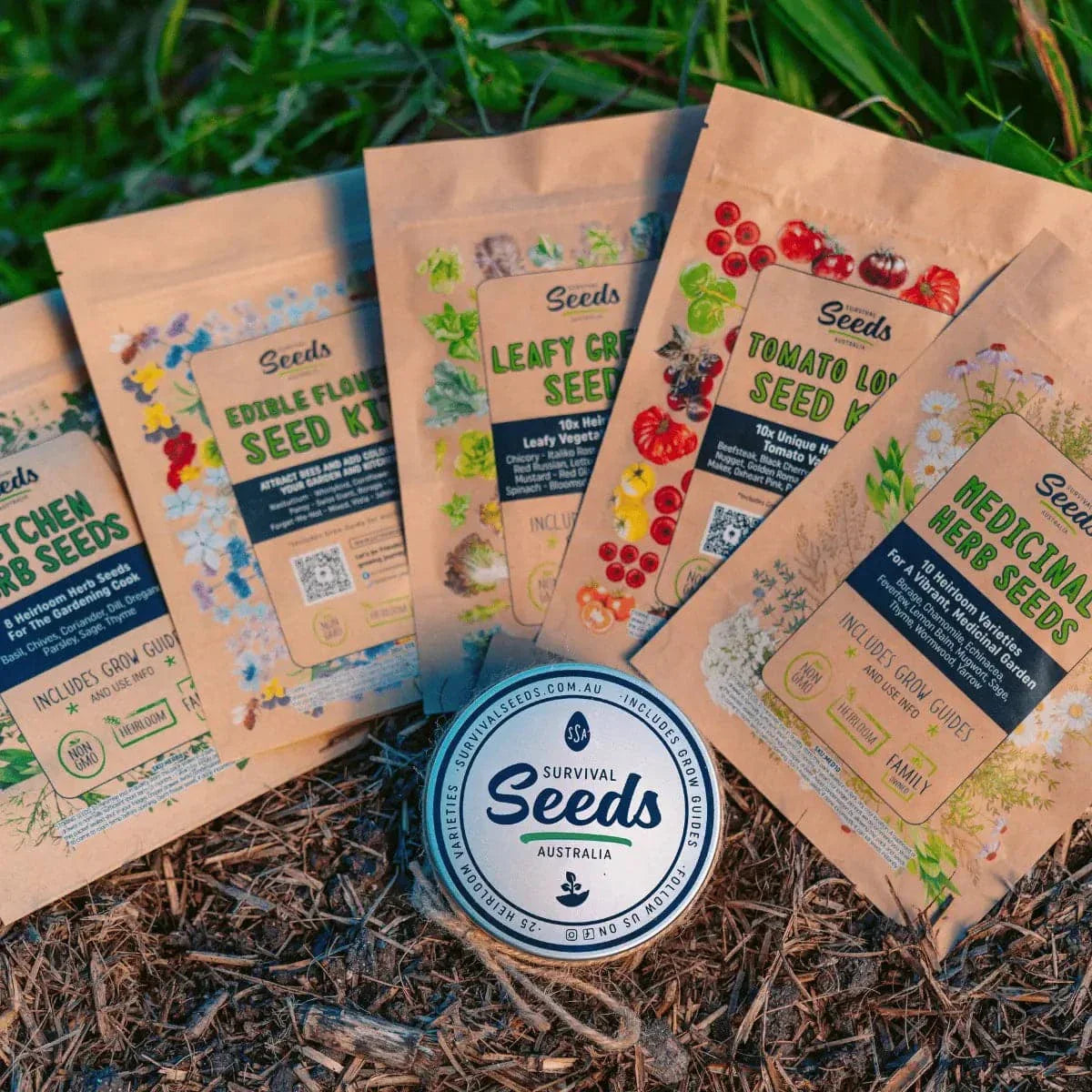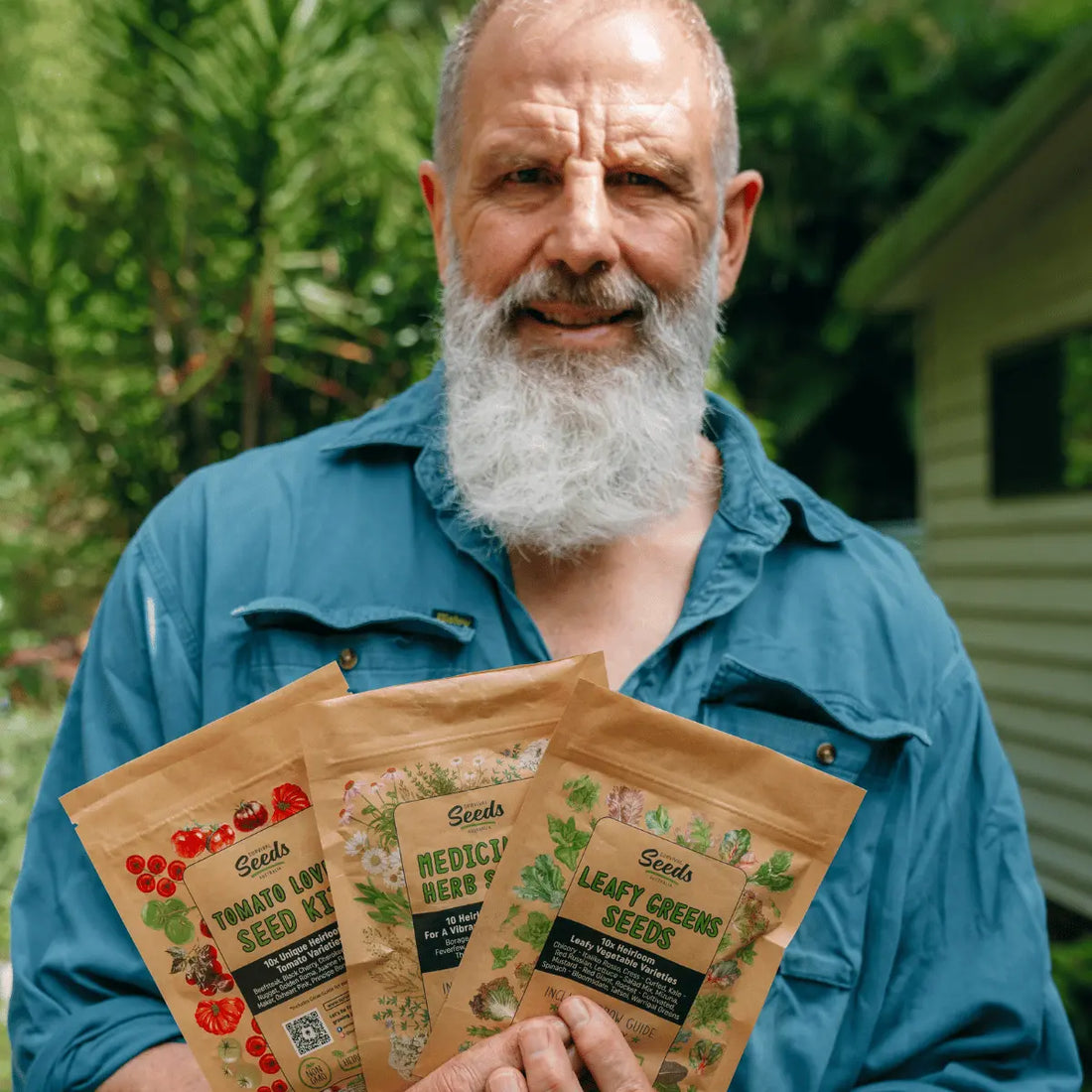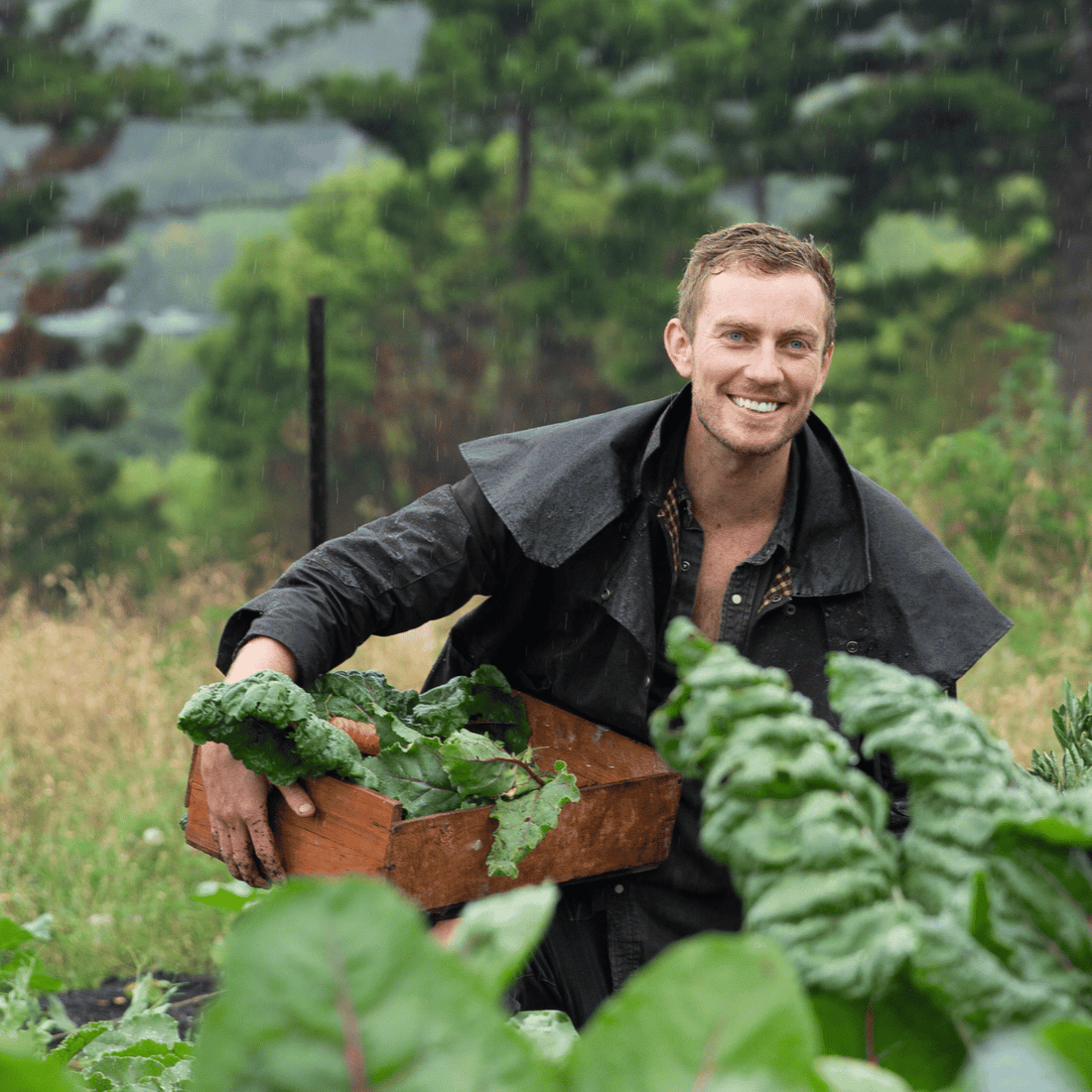That Time of the Year Again
As the cool breeze fades and the warmth of spring turns into summer, it’s time to shift your garden for the heat. The warm months bring new challenges — high sun, heat stress, and pests — but also opportunities for prolific growth. Use these strategies to transform your plot into a thriving summer garden.

Understanding the Aussie Warm Season
Australia’s warmer months vary by region, but in general expect hot days, strong sunlight, and occasional heat waves. Your summer garden needs plants that can tolerate heat, and techniques to protect from scorching conditions.
Benefits of Warm-Season Gardening
- Fast growth & high yields: Many warm-season vegetables grow quickly when heat and light are abundant.
- Extended daylight: Longer days give plants more time to photosynthesise.
- Diverse crops: You can grow melons, tomatoes, peppers, beans, cucurbits, and more.
- Continuous succession planting: With proper planning, you can keep new plantings going all season.
The Best Vegetables & Crops for Summer Harvest
Choose heat-loving or heat-tolerant species. Some good options include:
Tomatoes, capsicum (bell pepper), chilli
Eggplants (aubergine)
- Cucumbers, zucchini, pumpkin
- Corn (sweetcorn)
- Beans — bush beans, pole beans
- Sweet potato
- Okra
- Melons, rockmelon, watermelon
- Basil, coriander (in shade), lemongrass, mint
- Chillies, capsicum
- Some leafy greens that tolerate warmth: e.g. warrigal greens (NZ spinach), mustard kangkong, amaranth and rocket.
Assessing Your Garden’s Microclimate
Before planting, observe your garden site:
- Sun exposure: Note which areas get full sun, partial shade, or strong afternoon sun.
- Heat traps & radiators: Walls, pavements, and rock surfaces absorb and radiate heat. Be wary of placing vulnerable plants too close.
- Wind & airflow: Hot, stagnant air can stress plants and increase disease. Ensure good air circulation (don’t plant too densely).
- Shade potential: If possible, identify spots where shade structures or shade cloth can be used during peak heat.
Planning Your Warm-Season Garden
Garden Layout & Design
- Raised beds / mounded beds: improve drainage and warming of soil; reduce waterlogging in summer storms.
- Containers & pots: allow flexibility to move plants into shade or shelter.
- Row orientation: Align rows to allow air flow and reduce full west sun exposure on vulnerable sides.
- Interplanting & companion planting: Use tall crops (e.g. corn) to shade more delicate plants, or grow shade-loving crops in their shadow.
Spacing
- Allow enough spacing so leaves don’t touch, reducing humidity and fungal disease.
- Avoid overcrowding — more airflow helps with cooling.
Preparing Your Soil for the Heat
- Clear and clean: Remove old crop residues, weeds, and debris.
- Loosen the soil: Use broadforking or light tilling to encourage root penetration. In very dry ground, you may work the soil when it’s slightly moist.
- Incorporate organic matter: Compost, well-rotted manure, worm castings — these boost moisture retention and fertility.
- Add moisture-holding amendments: Clay, biochar, or coco coir can help soil retain water.
- Mulching: a must in warm weather — spread a thick layer (5–10 cm) of straw, leaf litter, sugarcane mulch, or similar to keep soil cool, reduce evaporation, and suppress weeds.

Sowing & Planting Techniques
Direct Sowing vs Transplanting
- Direct sow: Beans, cucumber, corn, radishes, okra often do best sown directly into warm soil.
- Transplanting: For sensitive plants (tomato, capsicum, eggplant), start seedlings in shade or under protection (nursery bed or greenhouse) and move out once roots are established and night temperatures are safe.
Timing
- Plant early in the season (spring) so crops mature before peak heat.
- For some crops, delay planting until the soil is consistently warm (e.g. >18-20 °C) to avoid poor germination.
- Use succession planting: sow small batches every few weeks to maintain continuous harvest.
Protection Measures
- Shade cloth / nets: Use 30–50% shade cloth to protect seedlings or sensitive crops during heat waves or intense sun.
- Row covers / fabric tunnels: In early spring or late autumn, these help moderate light and temperature, and protect from sun scorch or strong winds.
- Windbreaks: Shield your plants from hot winds that can desiccate foliage.
- Irrigation strategies:
- Water early morning or late evening to reduce evaporation.
- Use drip irrigation or soaker hoses to get water to roots directly.
- Deep watering less frequently is better than shallow daily watering, to encourage deep root systems.
- Shade during midday sun: Temporary shading (e.g. white cloth, umbrellas) can protect seedlings during extremely hot spells.
Pest, Disease & Stress Management in Warm Conditions
- Mulch & clean ground cover: Reduces weed competition and hides soil pests.
- Crop rotation & diversity: Don’t grow the same family repeatedly in the same spot.
- Encourage beneficial insects: Plant flowering herbs, use insect-attracting plants, avoid broad-spectrum pesticides.
- Monitor regularly: Look for aphids, mites, whiteflies, fungal spots early.
- Fungicide / biologicals: Use safe fungal or microbial sprays if needed.
- Heat stress guard: In extreme heat, apply light shade, water more frequently, or temporarily slow growth (e.g. partial shade) so plants don’t burn.

Embracing a Bountiful Warm-Season Harvest
Warm-season gardening rewards you with an abundance of produce if managed well. Rotate your crops, plant in stages, and be attentive to water and heat stress. With proper planning, your garden will stay productive all the way through summer and into early autumn.
Final Thoughts
Preparing your veggie garden for warm weather doesn’t have to be overwhelming. By choosing the right crops, preparing the soil, protecting plants from extreme heat, and managing water intelligently, you can set the stage for a thriving summer garden.
Happy planting — here’s to heaps of fresh, sun-grown veggies this season! 🌱










